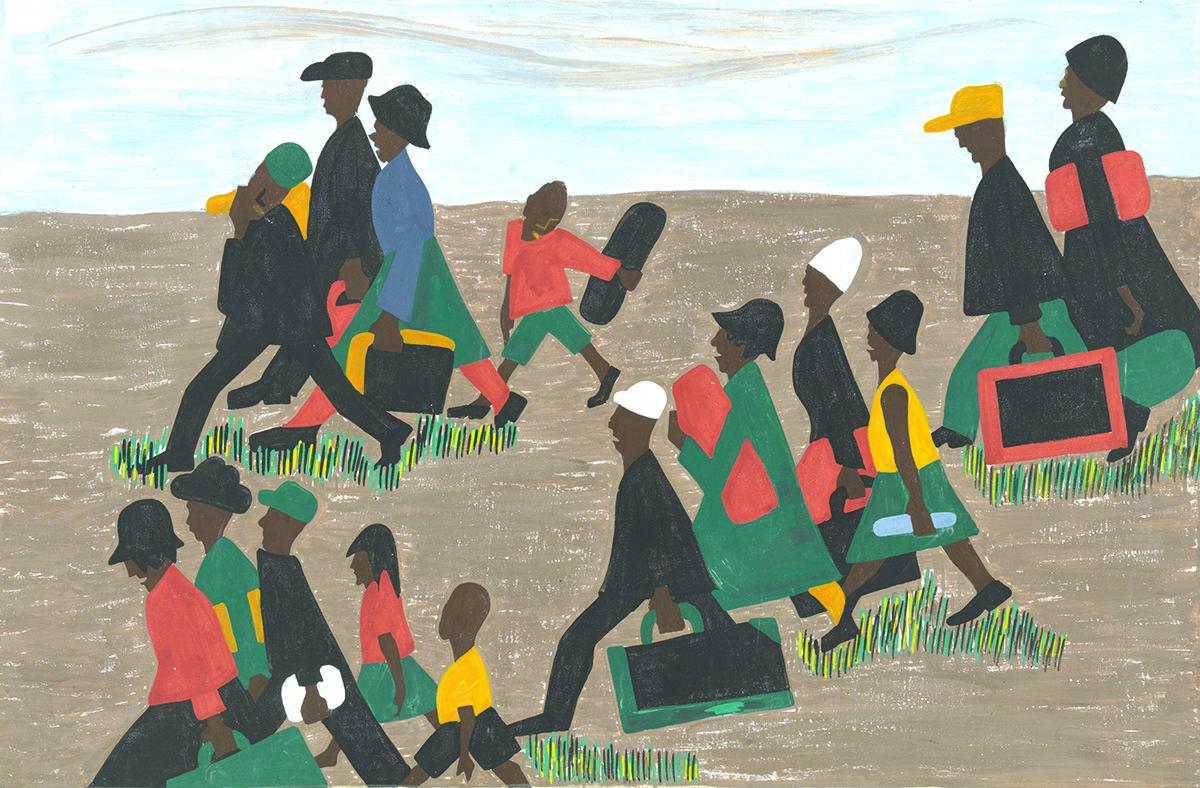Ali D. Chambers wrote an opinion piece on why Greek culture is detrimental to the Black community. The argument proposed is that Black fraternities and sororities were established to assimilate into White culture. This is because White is seen as the best and what African Americans should strive for. So, therefore these fraternities and sororities were made in the already established images of White Greek organizations so that African Americans could be accepted and considered equal. This argument is similar to Langhston Hughes “Racial Mountain”. Chambers also writes that the organizations are filled with elitism and colorism, through “secret meetings” and “exclusivity”.
While, I do believe that Black fraternities and sororities had to assimilate, I do not believe it was because they wanted to be White. Even though these Greek organizations are structured like already established White ones before them, White fraternities and sororities were not letting in Blacks so they created their own. Even if Blacks were let into Greek life, the goals of those fraternities or sororities were not focused on bettering Black lives. Therefore, the reasoning for creating these organizations are to help the Black community and uphold cultural traditions. For example, these organizations may do volunteer work within the Black community and also give scholarships. Stepping is also very popular and has roots established in the gumboot dances in south Africa.
However, when these organizations began there was a lot of colorism such as the brown paper bag test. Blacks the color of the paper bag or lighter were allowed into the sororities or fraternities while those darker were not. This stems somewhat from slavery because the lighter slaves were treated better usually because they were related to the slave master. This created a tension between darker and lighter Blacks, with lighter meaning that they are better. Colorism, in the sororities and fraternities, has improved tremendously from when they first were established. I agree that colorism and elitism can still be seen today, but I do not agree with Chambers that these organizations were created to promote these elitist ideas. Rather, I think that these organizations are by-products of society.
http://www.newsweek.com/fraternities-black-colleges-culture-opinion-882139
